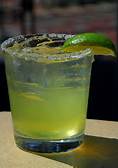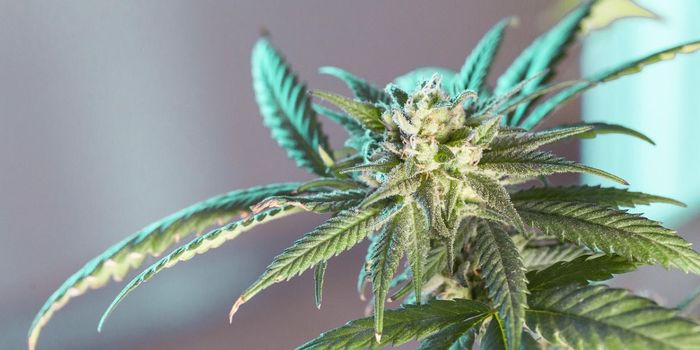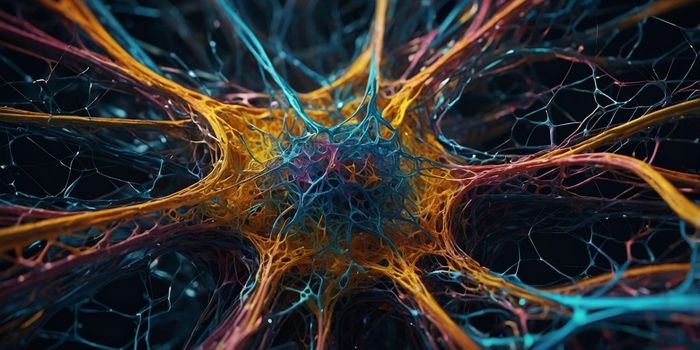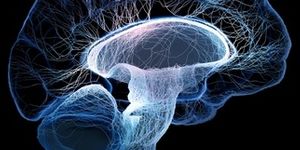Earth & The Environment
Saving Grassland Diversity Through Grazing
MAR 18, 2014 12:00 AM PDT
Share
To Drink or Not to Drink, and How Much
 People do cost-benefit analyses in their heads on a daily basis, but don't bother to think about the brain mechanics behind their decision-making process. If you add consumption of alcohol to this scenario, one would expect the process to get even murkier - given that many of us in our college days perceived the benefits of consuming alcohol in the short term and the costs in the long term (such as the next morning).
People do cost-benefit analyses in their heads on a daily basis, but don't bother to think about the brain mechanics behind their decision-making process. If you add consumption of alcohol to this scenario, one would expect the process to get even murkier - given that many of us in our college days perceived the benefits of consuming alcohol in the short term and the costs in the long term (such as the next morning). Scientists at the University of Georgia decided to apply the cost-benefit approach to help them identify the portions of the brain that are engaged in the process of weighing whether or not to drink alcohol, and how much to drink. By combining an actual scenario in a bar with functional magnetic resonance imaging (fMRI), the researchers were able to track the neural pathways involved in the different types of decision-making. Their work was summarized in a recent issue of Neuropsychopharmacology.
A study group of 24 heavy-drinking males between the ages of 21 and 31 were presented with a $15 credit at a bar, and were given decisions to make about the number of drinks they would consume at various prices, with the understanding that they could keep any money that was left over. During the decision making process, fMRI images were taken for later analysis. After the subjects made their choices, they were presented with the real drinks (up to eight) in the bar immediately afterward.
With this approach, the team was able to consider the neuroeconomic approach of the subjects - connecting psychology and economics to the underlying brain functions.
As the subjects decided whether to drink at all, sections of the cerebral cortex were activated (prefrontal cortex and parietal cortex). However, when economics was introduced and the subjects pondered how much alcohol and what type to drink based on the cost, the primary activation was in frontostriatial areas of the brain. These areas are involved in deliberation and mechanisms of reward, thus the researchers concluded some suppression was taking place from a higher cognitive burden.
The research team expected a higher level of activation regarding whether to keep the money or not drink at all, but instead they found that the cost-based decision of what type of alcohol and how much to drink produced greater activity.
As subjects weighed costs and benefits, their brain activity stayed high until they concluded the costs of drinking was too high. This makes intuitive sense - if you've decided you can't afford to drink anymore, there's not much cost-benefit analysis left to do.
However, the research team found that the anterior insula was active during times of higher conflict in the cost-benefit analysis. This area has been connected with motivational aspects of the brain in previous studies on addictive behavior. This leads to the possibility that this area is the meeting point between irrational and rational thought processes - in other words, the place in your head where the little devil on your right shoulder and the angel on your left shoulder live.
While there is always a chance this information can be used in a manipulative way (in other words, for advertising), the team hopes this research can be applied to the understanding of substances disorders and how to treat them. It may even be possible to distinguish differences in the brain scans of the normal casual drinker and the alcoholic. Let's hope the researchers win out over the advertisers.
You May Also Like
Loading Comments...








